The sound of Tchaikovsky is not often associated with unwound gut and period bows - but perhaps that perspective should change. Cellist of Dudok Quartet Amsterdam David Faber makes the quartet’s case for performing Tchaikovsky’s rich music on a specific set-up
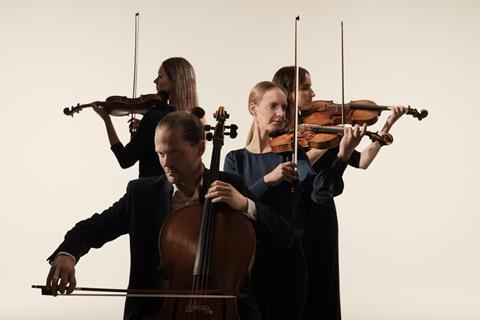
Discover more Featured Stories like this in The Strad Playing Hub
When one thinks of historically informed performance involving unwound gut strings and period bows, one naturally thinks of music from the Baroque and Classical eras. Countless hours of research and experimentation have resulted in numerous creative projects focusing on music from this broad era, with the aim to recreate music as authentic and close to the composer’s intention as possible.
So it may come as a surprise to hear of Dudok Quartet Amsterdam’s latest foray into Tchaikovsky’s music using the aforementioned set-up, especially in exploring repertoire that many associate with the smooth, steel-stringed 20th century performances.
The Dudoks will release its second volume of Tchaikovsky string quartets, comprising String Quartet no.3 and a selection of original arrangements from The Seasons. The decision to use gut strings was informed by the Dudok’s continuing search to find new ways to open up fresh perspectives to its audiences, following its debut album of Brahms on gut strings, released in 2020.
’You can hear the naturalness of the material reflected in the sound these strings produce - an added dimension that makes you perceive the music as more flexible, raw and intense,’ says Dudok cellist David Faber.
Faber shared his thoughts on the natural ‘decay’ of sound when playing on gut strings: ’In the early days of recorded classical music, string players exclusively used gut strings. Musicians like Leopold Auer and Fritz Kreisler achieved a full, sustained sound closer to Tchaikovsky’s era than today’s practices.
’Switching to gut requires significant adaptation of right-hand technique to produce the “singing” quality characteristic of the 19th century. While modern strings will produce sound with a decay of many seconds, gut strings necessitate a pressure application throughout each note, allowing for a highly personal interpretation of expressive gestures. As a result, no two recordings of 19th-century music with gut strings will ever sound alike!’
The right hand is instrumental to playing successfully on gut strings, but how does this influence the use of vibrato in the left hand? Faber states that the vibrato develops naturally while the sense of touch in your left hand grows.
’As quartet players, we were already aware that thoughtless use of vibrato can destroy an effective difference between consonance and dissonance. The sound produced by gut strings is already a little “texturised” by itself, making the addition of vibrato something that you would need to find really strong expressive reasons for. Luckily, Tchaikovsky gives the individual players the opportunity pretty often.’
The Dudoks recorded these albums on a pan-European quartet of instruments, each one built roughly half a century after the next and all on generous loan from the Dutch Musical Instrument Foundation (NMF). Violinist Judith van Driel plays the oldest instrument in the ensemble, on a Francesco Goffriller from 1725. Violist Marie-Louise de Jong performs on a c.1760 Jean-Baptiste Léfèbvre viola built in Amsterdam, while violinist Marleen Wester plays on a 1810 Vincenzo Panormo from London. Faber plays a Parisian Jean-Baptiste Vuillaume cello built in 1850.
While the musicians play on gut strings with period bows, the instrument set-up themselves is specific: ’They’re not quite set up as modern or baroque instruments, but have everything that you would want as a specialist in 19th-century music,’ says Faber. The Vuillaume and Panormo instruments have original neck positions, whereas the other two have a 19th-century neck and tailpiece.
So it could be described as a sort of ‘hybrid’ set-up - but definitely so in the quartet members’ choice of tuning implements: ’As tuning is already a nightmare when you’re playing string quartets, three of us have had geared tuning pegs installed since we started our gut-strung adventures in 2020.’ Perhaps a wise choice!
Tchaikovsky String Quartets Volume II is out on 28 February 2025 on Rubicon Classics.
Read: Gut strings feel honest and dirtier than the brilliance of metal strings - Consone Quartet
Listen: The Strad Podcast #85: the Dudok Quartet on ‘What Remains’ and eclecticism
Discover more Featured Stories like this in The Strad Playing Hub
The number one source for playing and teaching books, guides, CDs, calendars and back issues of the magazine.
In The Best of Technique you’ll discover the top playing tips of the world’s leading string players and teachers. It’s packed full of exercises for students, plus examples from the standard repertoire to show you how to integrate the technique into your playing.
The Strad’s Masterclass series brings together the finest string players with some of the greatest string works ever written. Always one of our most popular sections, Masterclass has been an invaluable aid to aspiring soloists, chamber musicians and string teachers since the 1990s.
The Canada Council of the Arts’ Musical Instrument Bank is 40 years old in 2025. This year’s calendar celebrates some its treasures, including four instruments by Antonio Stradivari and priceless works by Montagnana, Gagliano, Pressenda and David Tecchler.

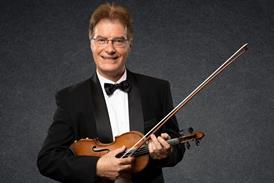
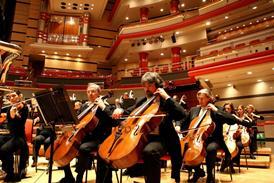
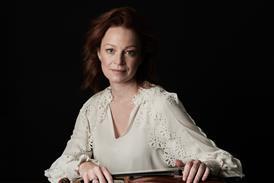
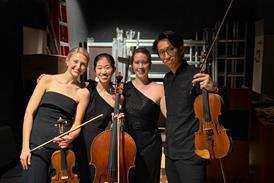

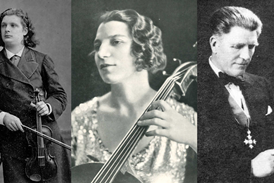



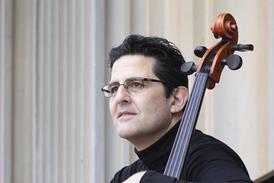
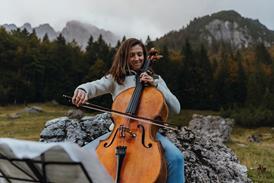
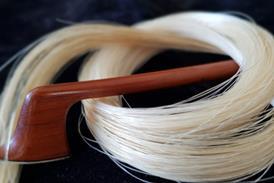
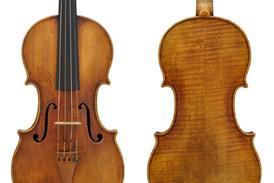
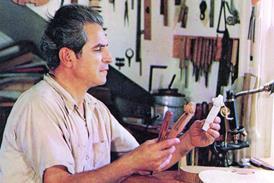
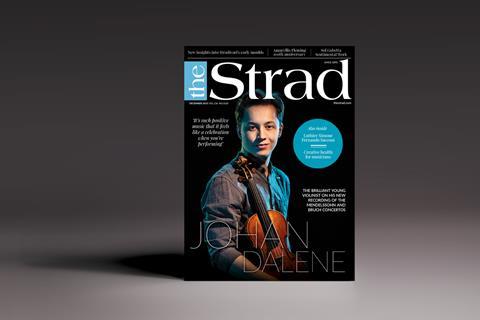


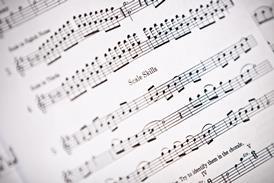
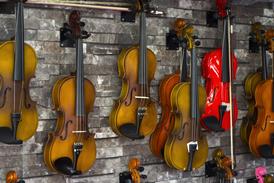

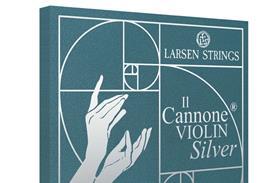
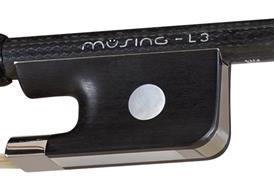
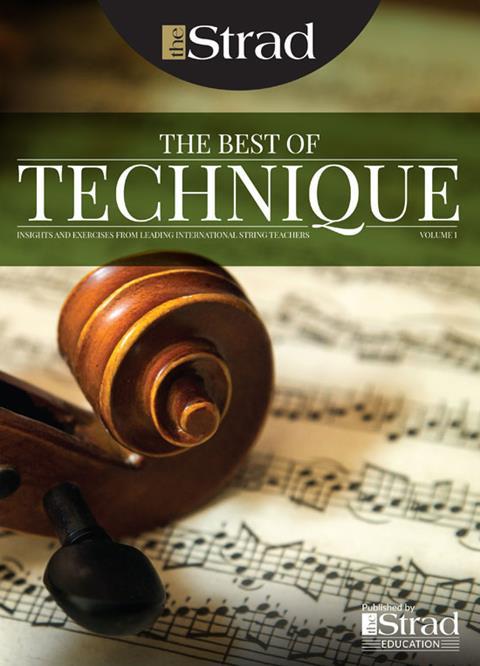
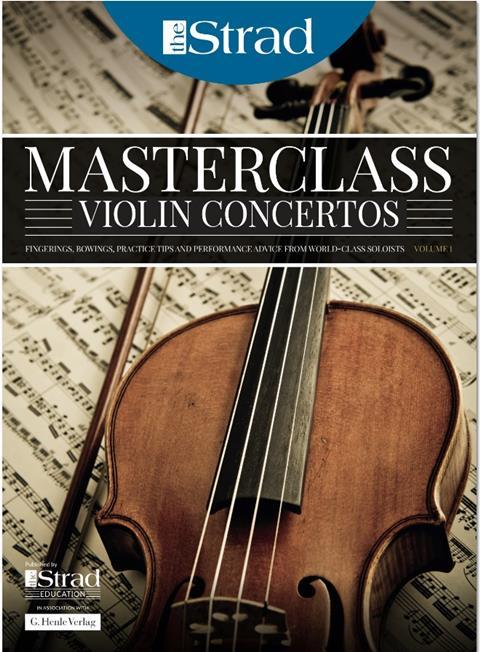
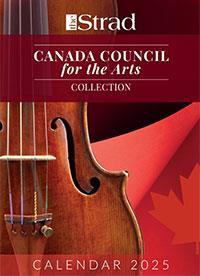
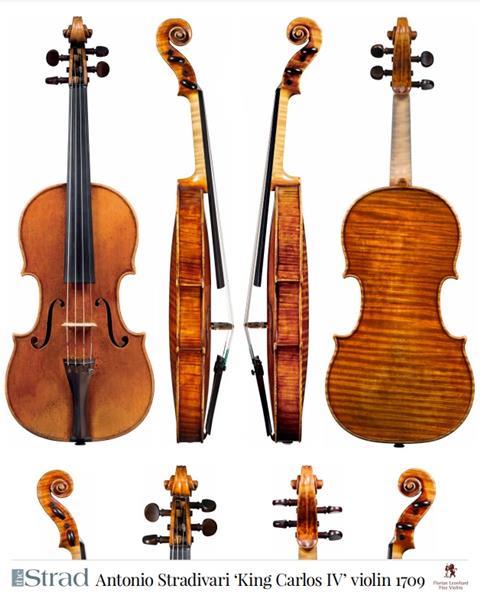
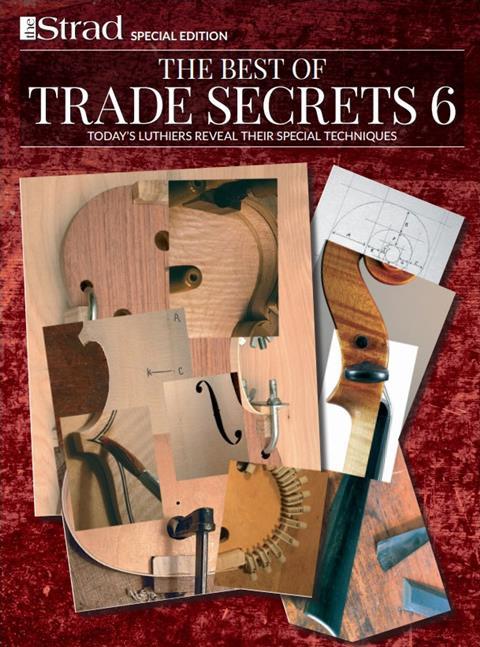
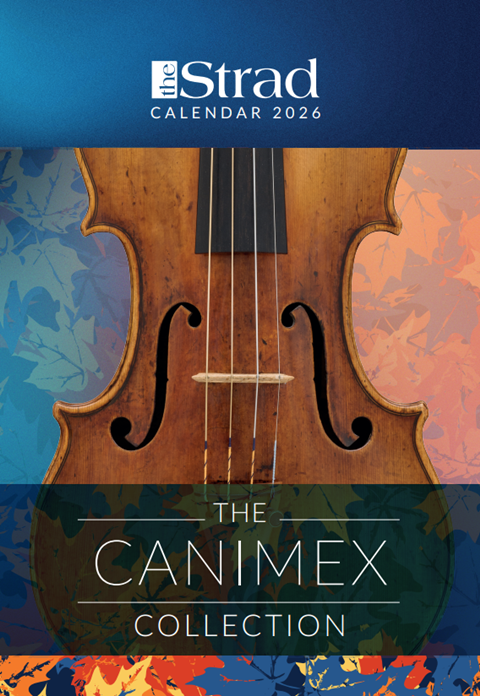
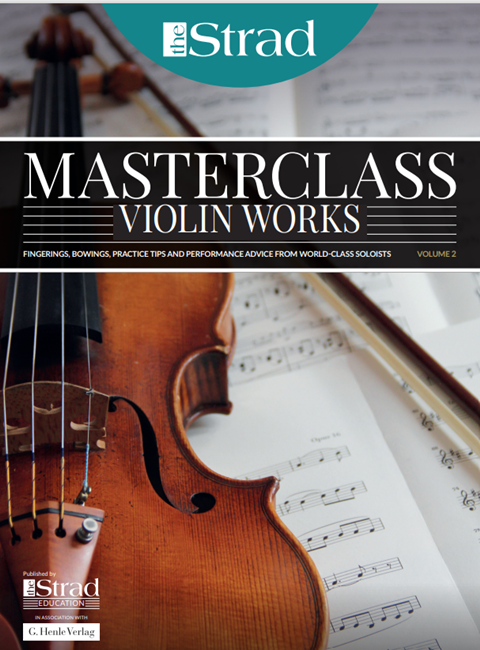
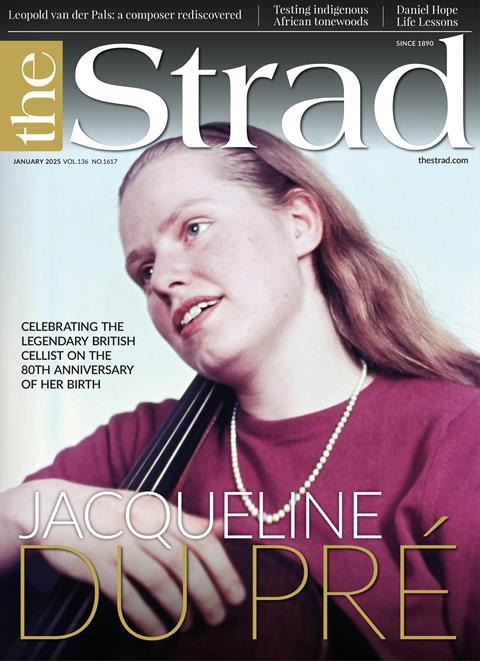
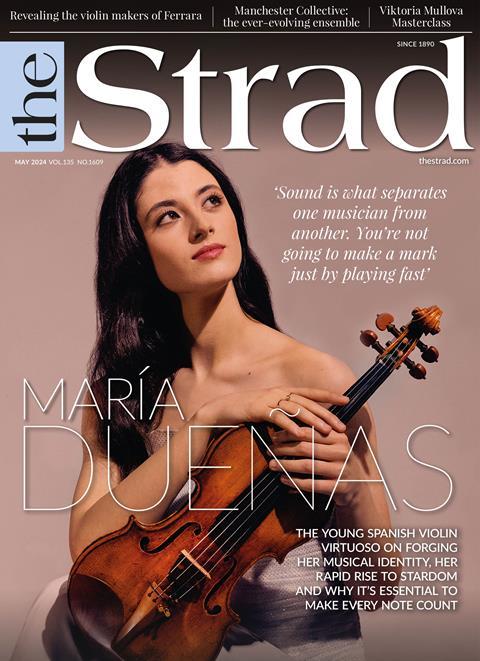
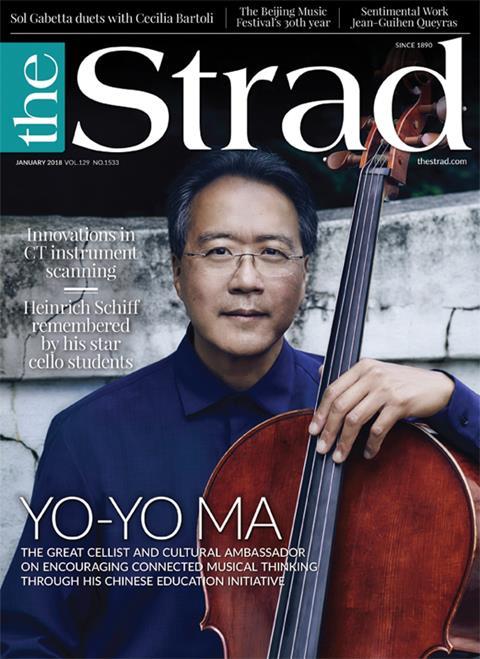












2 Readers' comments